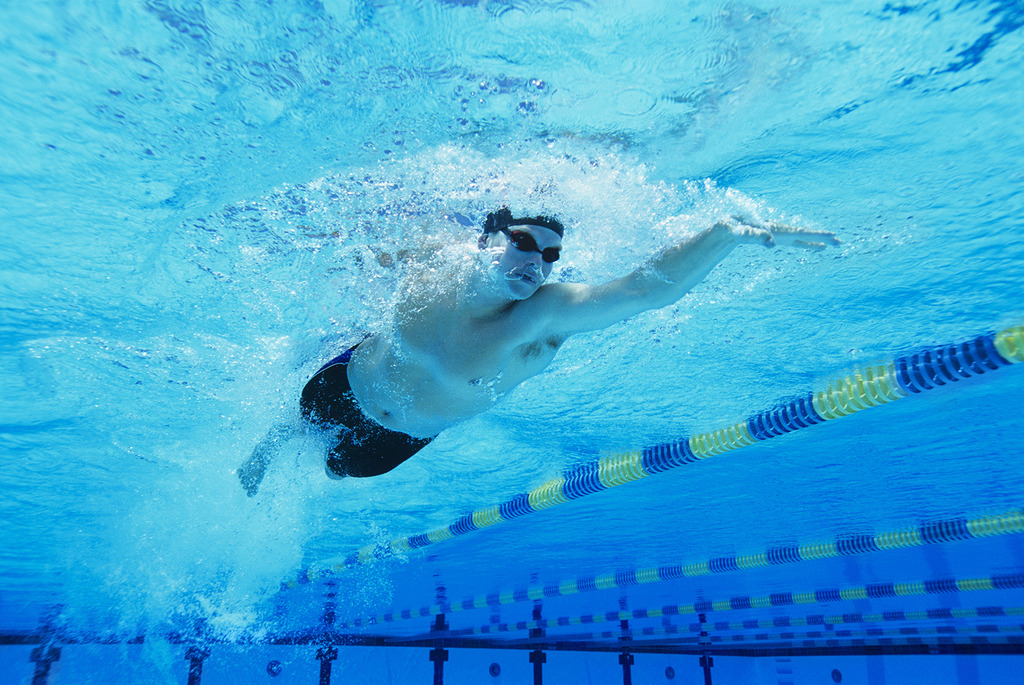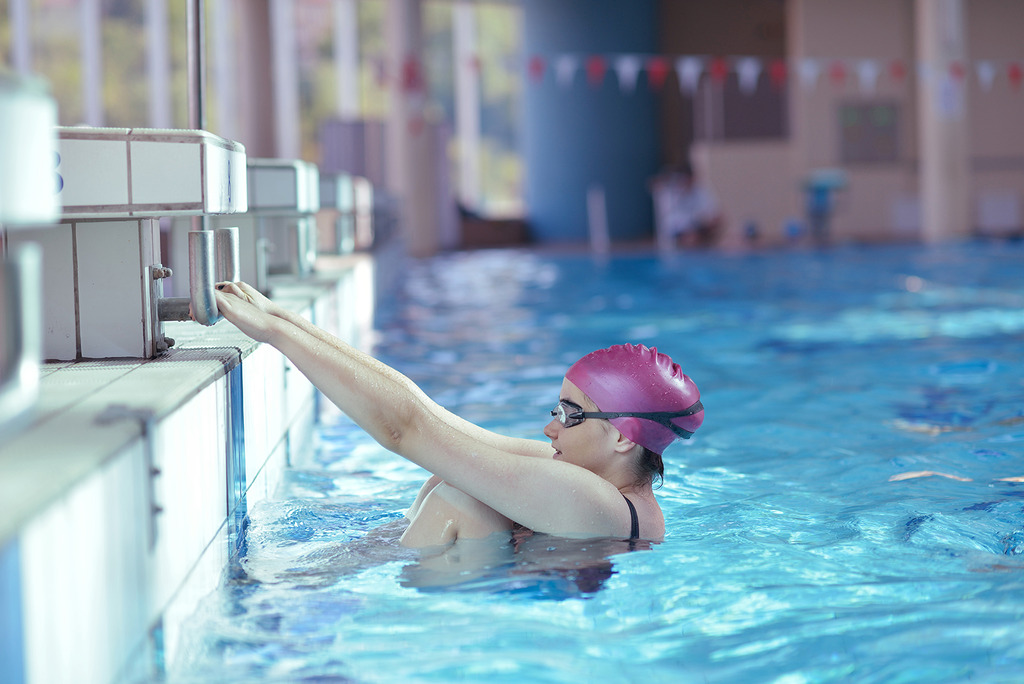Why Training to Improve Your SWOLF Score is Worthwhile
What's a good SWOLF score for a 25m pool?
There's a lot of interest in swim tracking and SWOLF scores, but not much information that explains what these scores mean, and how they can benefit your training. In this post, we go over what a good SWOLF score would be for a 25m pool, and why training to improve in this area is worthwhile.
If you’re not familiar with the subject, you can learn more in our dedicated What is SWOLF? post... but here’s the short version: It’s a measurement that adds the number of strokes you take with the amount of time it takes to swim the length of a pool. Like the sport of golf, the lower your SWOLF score is, the better. (Its name comes from combining the words swim and golf.)

SWOLF isn't the ultimate metric that determines whether you’re a good swimmer or not. Just think of it as a drill that can improve your efficiency and speed in the pool — and potentially give you faster times in open water as well.
In an odd way, working on your SWOLF score is similar to practicing the high jump in track and field. In order to most effectively hurl your body over the horizontal bar at higher and higher heights, you need to experiment with different techniques to figure out what works best for you.
It’s the same with your SWOLF score. In order to bring the score down, you need to experiment with different variations, intensities, and repetitions of strokes and kicks to determine what combination delivers the lowest score.
What does my SWOLF score tell me?
Athletes are judged equally on time. If you want to set a new world record in the 1500 meter freestyle, you need to do so in a shorter amount of time than the current record holder. Your SWOLF score is different because it’s a personal metric.
Your best SWOLF score gives you a personally-tailored target to shoot for the next time you're training in the pool.
Taller people with long arms tend to have lower SWOLF scores, because their larger bodies traverse the length of pools more readily. This doesn’t mean that they’re faster and more efficient swimmers, it just means that the benchmark for their personal SWOLF score may be different than a shorter athlete. Your best SWOLF score gives you a personally-tailored target to shoot for the next time you're training in the pool.
What’s a good SWOLF score for a 25m pool?
If your score is in the mid or upper 30’s, you are a pretty stellar swimmer. For example, if it took you 19 seconds to swim the length of a 25 meter pool, and you took 16 strokes, that would be a SWOLF score of 35. That’s a great SWOLF score for a 25m pool. A good score would be a little higher than that, in the low 40’s.
Remember... this a training drill, not an exact science. Different body types and effort levels can result in varying and potentially contradictory SWOLF scores. This is a tool you can use to improve as a swimmer — not a number that determines your worth as an athlete.

Now, if you start off with a running dive, or you push off from the wall and perform a lengthy, porpoise-inspired streamline to improve your score, go ahead. Just know that you’re essentially just goofing off if you do so. The point of doing SWOLF drills is optimize your stroke to achieve the fastest times, not to measure how skilled you are at being a human torpedo.
This is a great training routine to revisit. Is your SWOLF higher or lower than it was last season? Not sure? Get in the pool and find out. Remember that SportTracks displays your SWOLF scores and many other swimming metrics (Interval, Time, Pace, Stroke, Stroke Rate, Stroke Distance and Efficiency). You can learn how to determine your current swimming pace zones, and add them to SportTracks in this post.

SportTracks also enables you to easily filter your workout data over specified lengths of time. You can quickly view your swimming history, and judge your performance from season to season.
Is a 25m pool too short for SWOLF training?
Working on your SWOLF score in a short pool can be beneficial, but, to keep the golf analogy going, it’s like a 9-hole course — not the standard-bearing 18. You can turn at the wall of a 25m pool and swim it again for a 50m effort, but the interference will skew the results, and the information won’t be as accurate.
This doesn’t mean that you shouldn’t bother with SWOLF if you don’t have access to a pool that’s longer than 25m. Working out and performing training exercises is always better than sitting on your butt. That said, if you have the option between a 25 and 50m pool, definitely do your SWOLF training in the longer one.
Can you train without a swim watch?
If you don’t have a swimming watch that can track your SWOLF score (like the Garmin Swim, 920XT, 910XT, or the Suunto Ambit3 or Ambit2), you will need a poolside partner or a coach to keep time and visually count the number of strokes you take. You won’t have all of the advanced swimming metrics to analyze and review in SportTracks, but you can still improve your efficiency.
Swim Golf perhaps isn’t as fun as Marco Polo, cannonballing, or human torpedo dives, but it can help give you a competitive edge and push you toward new PRs.
| Article written by Sam Mallery, Director of Marketing, Zone Five Software Inc. |

Comments
Take into account that at least Garmin watches track swolf just counting half of the strokes per length i.e. for freestyle, because they're counting only the strokes of the arm wearing the watch. So, in your example it would have only measured a swolf of 27: 19+8, not 35. But anyway the point is to have a reference for efficiency.